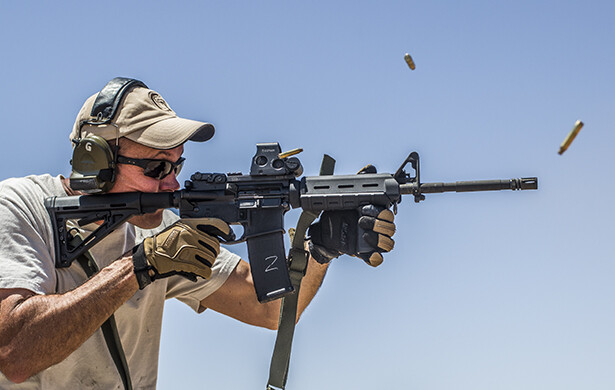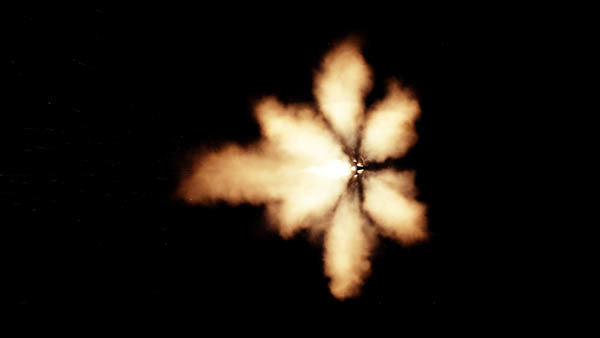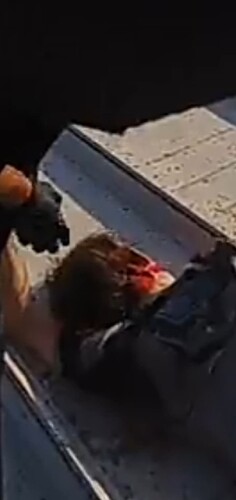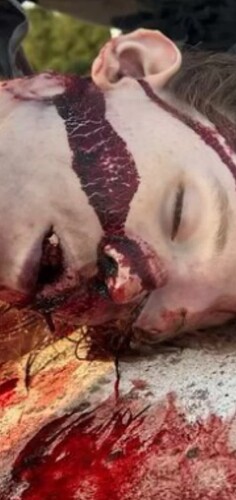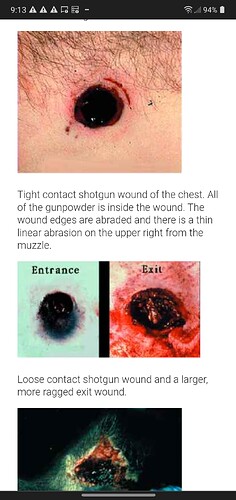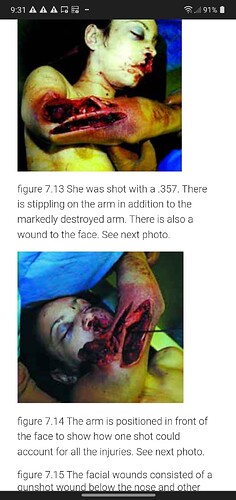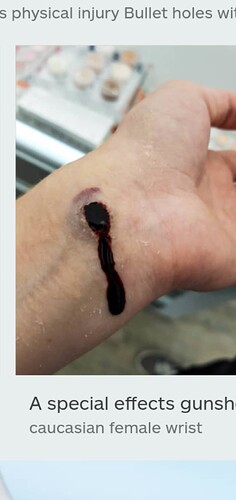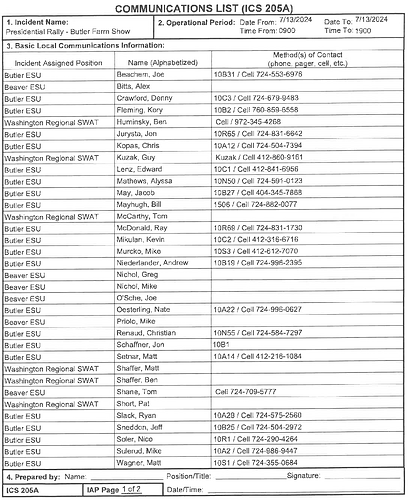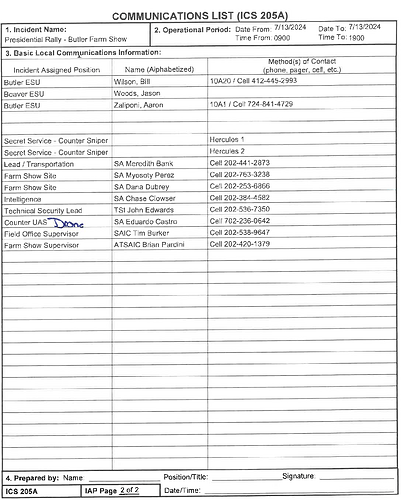Hello howdoIknow
Based upon what you say, I believe I understand where you are coming from. It seems clear to me though that my own approach to this problem is very different from your approach. Allow me to at least elaborate upon how I see things, and how I think you differ from me.
I know my own limitations. Both in terms of mathematics and computer programming. For this reason, the contribution that I am able to make here is indeed limited. Nevertheless, I do believe that I can produce meaningful information, that those far more advanced in these areas will be able to make use of.
If I may fantasise for a moment, and suppose that I was deeply knowledgeable of the technical aspects of calculus, and also computer programming, including firearms, then here is how I would attempt to solve the problem.
I would do my absolute best to determine the precise ground elevation points of both Trump’s podium and the bleachers, including the precise height at which the bullet - that is the first bullet - struck Donald Trump’s ear, which also went on to strike the bleachers. I would seek to determine the height values for both based upon some absolute standard. In addition to this, I would also want to know the distance along the ground between both points as accurately as possible.
With these two points spatially determined, I would then look at potential shooting positions e.g. the vents of building six, the rooftop of building six, and also the high building well behind where crooks was positioned.
This would allow me to have three points of contact for a theoretical bullet trajectory: the point at which the bullet left the barrel of the gun, the point at which it touched Donald Trump’s ear, and the point that it touched the bleachers to the left of Trump, producing the puff of smoke.
From this, one could determine a unique parabola connecting up the points for each of the various shooter positions.
With this in hand, I would then use the appropriate modelling software to generate the pathways of bullets in-flight i.e. their curvature, taking account of such things as muzzle velocity, grains/weight, and wind speeds/directions etc.
Generating many different ‘real world’ bullet paths, I would use precise mathematics to see if they would match the parabolas of the various shooting position scenarios, as detailed.
I would be under the impression that some of the parabolas associated with some of the proposed shooter positions would not match up with any real-world bullet trajectories, and therefore would be proven invalid. But that there should be a strong match to at least one of the shooting positions, with a very credible real-world bullet path, as modelled, strongly matching its parabola based upon the three key points that define the bullet’s journey: leaving the barrel of the gun, connecting Donald Trump’s ear, and connecting the bleachers.
This would be how I would seek to determine where the shooter was operating from - at least for the first three shots.
Now based upon what you say in your post HowdoIknow, although you agree that the first shot struck Donald Trump’s ear and then went on to strike the bleachers, you believe it is completely impossible to spatially determine these two points relative to one another.
As a result, you have proceeded to focus solely upon generating various bullet pathways from various shooting positions. The problem here though, as I see it, is that with your approach, you simply have nothing to test your trajectories against. There is no standard with which to establish success.
It seems to me that by tweaking the appropriate variables, you could generate any valid filing solution for any of the proposed shooter positions. And thus, by being able to prove everything, you are ultimately able to prove nothing.
Your last paragraph says it all. You will model things to see ‘where the bullet passes on its way,’ and if it ‘makes you happy,’ then great. But if it doesn’t, you will just tweak the variables… until you are happy.
I do not think that this is a route to success.
